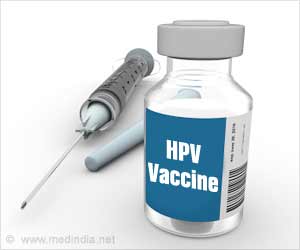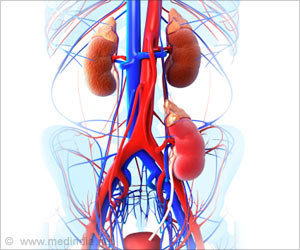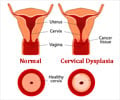
‘A new model of HPV-induced cancer in fruit flies will help scientists understand the molecular and biochemical pathways involved in tumor growth and malignancy caused by HPV as well as screen for potential drug targets.’
Tweet it Now
Professor Bing Zhang, while speaking about the study, said, "This is the first model of an HPV-induced cancer in fruit flies. This new model will help scientists understand the molecular and biochemical pathways involved in tumor growth and malignancy caused by HPV as well as screen for potential drug targets." Previous studies conducted in human cells and in mice have shown that the virus enters the body through the skin and produces several oncoproteins, which are proteins that can transform a normal cell into a tumor cell. One of these viral oncoproteins, called 'E6', plays an important role during the later stages of tumor formation and metastasis.
The study, led by Mojgan Padash, introduced the viral E6 oncoprotein and a human protein that is necessary for E6-induced cancer into fruit flies. The proteins caused severe abnormalities in the epithelial, or skin, cells of the fruit flies. The researchers also show reduced levels of the same suite of proteins targeted by E6 in humans.
Further experiments done in human cell lines with the fruit fly version of the E6-targeted proteins yielded similar results, providing additional evidence that E6 works the same in flies as it does in humans. Although cellular abnormalities resulted, the scientists found that the E6 proteins were not sufficient enough to cause tumors in flies. Since it is thought that mutations in a human oncoprotein, called Ras, may contribute to E6-mediated tumor development in humans, the researchers introduced this third protein into the flies. With all three proteins present, the flies developed malignant tumors that metastasized.
"The take home message is that the same key molecular players that underlie HPV E6-mediated cancer in humans do the same things in flies. Practically speaking, this means we can now use this fly model to identify other essential components that contribute to E6-mediated tumorigenesis, which has the potential to translate into therapies for HPV-induced cancers," he said. The study appeared in PLoS Pathogens.
Advertisement















